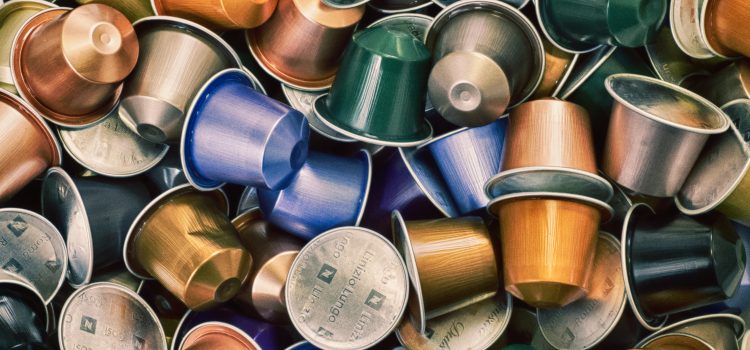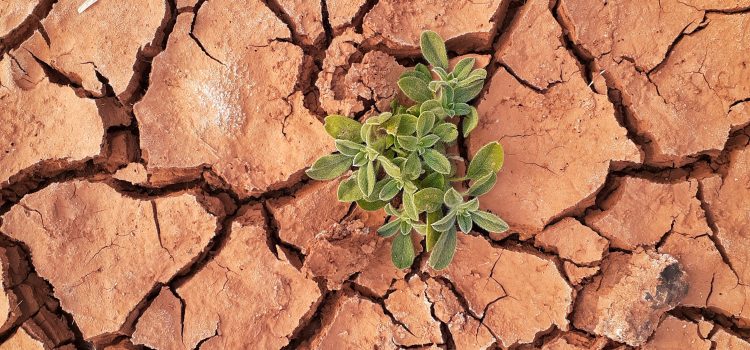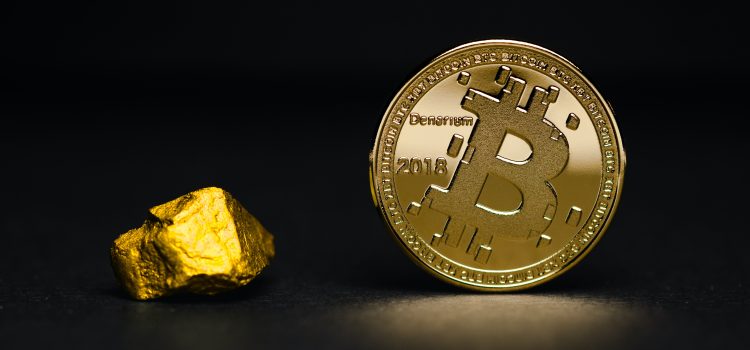
As the temperatures rise and the sun shines brighter, nothing quite quenches your thirst like an ice-cold margarita. But why settle for a basic lime and tequila concoction when you can spice things up with a Spicy Margarita? This fiery twist on the classic cocktail is taking over bars all across the country, and it’s not hard to see why. With just the right amount of heat to wake up your taste buds, this drink is quickly becoming the ultimate summer refreshment. So grab your shaker, let’s learn how to make this crowd-pleaser!
What is the Spicy Margarita?
The Spicy Margarita is a delicious twist on the classic cocktail that adds a unique kick to your taste buds. This refreshing drink has become increasingly popular in recent years, with many bars and restaurants offering their own take on the recipe.
At its core, the Spicy Margarita is made up of three main components: tequila, lime juice, and chili pepper. The combination of these ingredients creates a tantalizing blend of sweet and spicy flavors that are sure to satisfy any palate.
One thing that sets this drink apart from others is its versatility. Depending on your preference for heat levels, you can adjust the amount of chili pepper used in the recipe to make it milder or hotter. Some recipes even call for alternative spicy ingredients like jalapeños or habaneros.
The Spicy Margarita is an innovative way to add some spice into your life while still enjoying a classic summer beverage. So why not give it a try? Your taste buds will thank you!
How to Make a Spicy Margarita
Making a Spicy Margarita is easy and fun. It starts with choosing the right tequila. The best option is 100% agave tequila, which should be silver or blanco in color. Next, get some fresh lime juice and spicy ingredients like jalapenos or red pepper flakes.
To make the cocktail, you’ll need a shaker filled with ice cubes. Add one part tequila, half-part lime juice, quarter-part triple sec and quarter-part simple syrup to the shaker. Then add your desired amount of spiciness through jalapenos or red pepper flakes.
Shake it well for about 30 seconds until all ingredients are mixed thoroughly and chilled enough to enjoy! Once done shaking it up nicely pour into a glass rimmed with salt over new ice!
Garnish it with slices of fresh jalapeno peppers and wedges of fresh limes to give it some extra zingy appeal! And there you have it; your very own homemade Spicy Margarita that will certainly quench your thirst this season!
What Goes Into a Spicy Margarita?
When it comes to making a Spicy Margarita, the ingredients used are crucial in creating the perfect blend of flavors. The basic components include tequila, fresh lime juice, and orange liqueur. However, what makes this drink stand out is adding some spice to the mix.
To make a Spicy Margarita, you need to incorporate some heat into the cocktail. This can be achieved by using jalapeño peppers or hot sauce. For those who prefer a milder taste but still want that kick of spice can use cayenne pepper instead.
Another essential ingredient is simple syrup which balances out the sourness from lime juice and spiciness from jalapeno pepper or hot sauce. Moreover, one can also add fruit juices like mango or pineapple for additional sweetness and flavor.
Rimming salt on your glass adds texture and enhances flavor profiles of all ingredients involved in making Spicy Margarita.
With these key ingredients combined in just the right proportions – spicy margaritas have become an ultimate thirst-quencher for all seasons!
Pros and Cons of a Spicy Margarita
Pros and Cons of a Spicy Margarita:
One of the biggest pros of a spicy margarita is its unique flavor profile. The combination of the spicy kick from jalapeños or hot sauce with the sweetness of lime and agave creates an unforgettable taste experience that will have you coming back for more.
Another benefit of this drink is its versatility. Whether you’re enjoying a night out at your favorite bar or hosting a summer barbecue, a spicy margarita can easily be tailored to suit any occasion.
However, there are some cons to consider when it comes to drinking this beverage. For those who don’t typically enjoy spicy foods or flavors, the heat in a spicy margarita may be too overwhelming.
Additionally, some people may find that consuming too many drinks with high levels of spice can lead to discomfort or even heartburn later on.
While there are certainly both pros and cons to drinking a spicy margarita, ultimately it’s up to each individual person’s personal preference as to whether they’ll choose this beverage over other options like classic margaritas or beer.
Conclusion
The spicy margarita is the ultimate thirst-quencher this season. Its unique combination of sweet, sour and spicy flavors make it a refreshing cocktail that’s perfect for any occasion. Whether you’re lounging by the pool or enjoying a night out with friends, the spicy margarita is sure to impress.
Making your own spicy margarita at home is easy and affordable. With just a few simple ingredients, you can recreate this popular cocktail in no time. Plus, by making it yourself, you can customize the level of spiciness to suit your taste buds.
While there are some potential downsides to drinking too many cocktails (such as dehydration), when consumed in moderation, a spicy margarita can provide numerous benefits. From reducing stress levels to improving digestion and boosting metabolism – there are plenty of reasons why this drink should be on your summer beverage list.
So go ahead and give this tasty and refreshing drink a try – we promise you won’t be disappointed! Cheers!

















